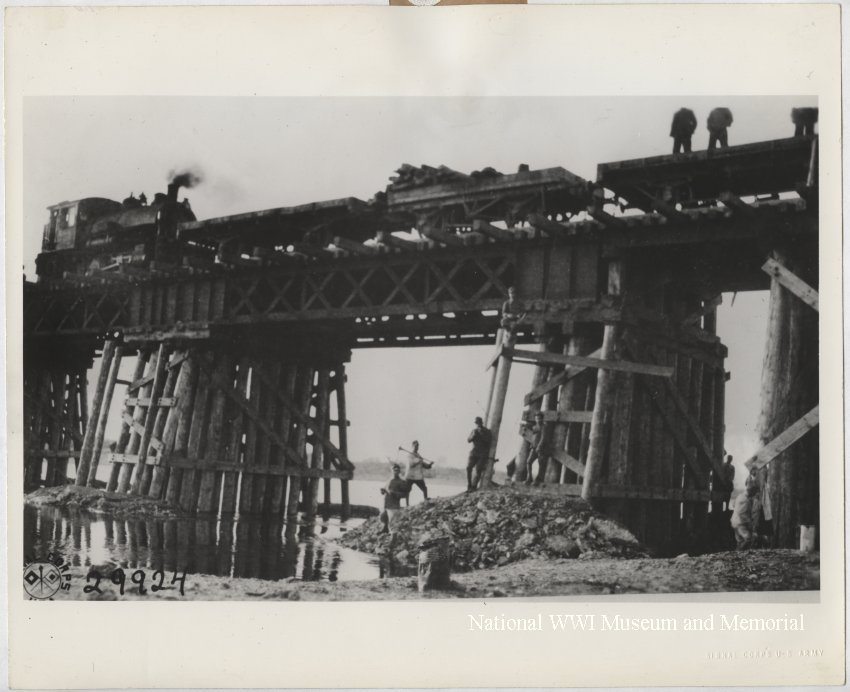Jane Leddy writes “My father’s cousin Mabel Wright
married a minister who grew up in Delano, California….His name was Hugh Vernon
(we called him Vernon)…When I first moved to California, Mabel and Vernon
invited me to come North to Berkeley for Thanksgiving. They were very cordial and eager to include
me in their extended family. The day
after Thanksgiving, their son Malcolm drove me to Sacramento to meet and visit
with Mabel’s father and mother. Her
father was my Grandfather Winter’s brother, Malcolm Wright….Later, after Jack
and I were married and had moved to San Mateo, Vernon and Mable came to visit a
couple of times. …
Jane then reflects back on her childhood memories of
Vernon and Mable. They “traveled back
and forth from California to Massachusetts quite often – camping out, and
staying with friends and family along the way.
Iowa became one of their layover stops.
Vernon as a great story teller – mostly about their round-the-world
travels (he worked for the World Council of Churches) and also about adventures
on the road crossing the country in the late 20s and early 30s. Gas stations and mechanics were few and far
between on Route 55. He had to patch
worn tires and wire parts together (obviously the origin of ‘haywire’).
He happened to be visiting one winter when I was getting
ready to go out beyond the barn to slide downhill on my sled. He said that growing up in Delano, California
had not offered such possibilities – could he join me? When we got to the hill I demonstrated –
holding the sled up to my chest, running a few steps downhill, throwing it on
the snow and stretching out full length on top.
I steered with the front bar and slowed down by dragging my toes. There was a delicious feeling of being one
with the sled.
When it was his turn we both realized there was a
problem. He was too tall – more than six
foot – what to do? He finally folded
himself up tight and sat upright on the sled – feet on the steering bar, hands
holding on at the side. I pushed all my
weight to get him started. Well, of
course he gained speed and then fell off before going far. Nevertheless he was game to make three or
four more runs and went a bit further each time. At dinner that night he talked animatedly
about this new experience.”
Hugh Vernon White was for many years an official of
the American Board of Commissioners for Foreign Missions. He wrote “End Missions Imperialism Now!”
which can be found here https://www.religion-online.org/article/end-missions-imperialism-now/ He wrote
several books including A Theology for
Christian Missions Willett, Clark (1937) A Working Faith for the World, Harper & Brothers; 1St Edition (1938)
One Gospel for Mankind, Friendship
Press 1939, and Truth and the person in
Christian theology: A theological essay in terms of the spiritual person
Hardcover – Oxford U. Press, 1963 available online here http://onlinebooks.library.upenn.edu/webbin/book/lookupname?key=White%2C%20Hugh%20Vernon%2C%201889%2D (He should not be confused, as this site
does, with Rev. Hugh Wright who wrote Meditations in 1842.)
He and his wife Mabel Wright White were listed as
students 1914 Pacific School of Religion, Berkeley. He graduated from U. of
California with B.A. in Greek in 1917. According to the Circular of Information
for UCB found here https://books.google.com/books?id=8KRIAQAAMAAJ&pg=RA8-PA48&lpg=RA8-PA48&dq=%22Hugh+Vernon+White%22+Mabel&source=bl&ots=ehDhzD8FW8&sig=ACfU3U25J7cFmLyPm9DfZk0zmZRwUP6DdQ&hl=en&sa=X&ved=2ahUKEwjyxaakuODhAhUKKqwKHbKlDUkQ6AEwCXoECAcQAQ#v=onepage&q&f=false
In the book In
that there may be minister’s disciples:
Ministerial Education in California by Lester G. McAllister there is
some material on him. There we learn
that he was a pastor at the First Christian Church in Berkeley in 1916 and that
he attempted at that time to introduce progressive reforms and that he found
conservative resistance and resigned later that year. He went on to pursue a degree at
Harvard.
We pick him up again in Biographical Dictionary of Christian Missions ed. Gerald H.
Anderson? Eermans William Publishing
Co. The entry states he was a Professor
of Theology at Pacific School of Religion from 1944-59. This
would have been the period in which Jack and Jane Leddy visited them.


















